A ground-breaking partnership between NASA (National Aeronautics and Space Administration) and ISRO (Indian Space Research Organization) is the NASA-ISRO SAR (NISAR) program. Using cutting-edge radar imaging technology, this collaborative Earth-observing mission seeks to provide a thorough view of the surface of our planet.
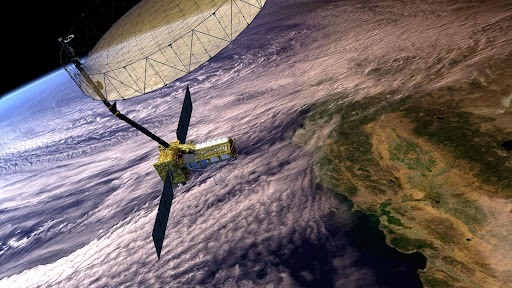
The way we view the world has been completely transformed by satellites. In the best way possible, these satellites continue to advance our knowledge of the Earth and the cosmos. Through Space India’s, Space explorers Workshop, Space satellite; Students gain knowledge of the many kinds of satellites and their applications, which encompass a wide range of tasks like navigation, weather forecasting, and communication. By putting these components together to create a model of a satellite, they explore what a satellite is and discover the fundamental components of a satellite. Let’s examine the salient features of this incredible collaboration:
Mission Overview
Goal:
In just 12 days, NISAR will map the entire planet, offering consistent data both in space and time to better understand changes in Earth’s ecosystems, ice sheets, biomass of vegetation, sea level rise, groundwater, and natural hazards.
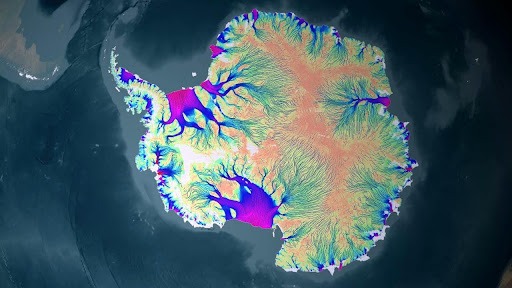
Radar technology: Synthetic Aperture Radar (SAR), used by NISAR, uses a Sweep SAR approach to obtain high-resolution data over a wide area. L-band and S-band are the two distinct radar frequencies that it employs.
Dual Frequency Imaging: By employing both L-band and S-band radar frequencies, this project will be the first to map the Earth methodically. When these frequencies are combined, NISAR can detect a greater variety of changes than when they are used alone.
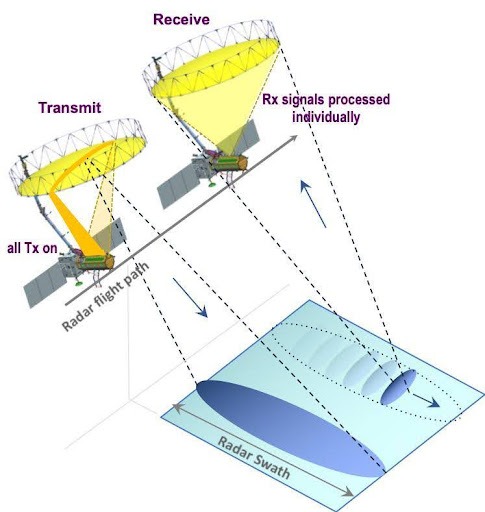
Key Applications
The Changing Ecosystems on Earth
Globally, NISAR data will aid in the improved management of natural resources and hazards. It gives scientists the information they need to comprehend the consequences and speed of climate change.
Through the observation of surface deformations brought on by a variety of factors, the mission advances our knowledge of Earth’s crust or its hard outer layer.
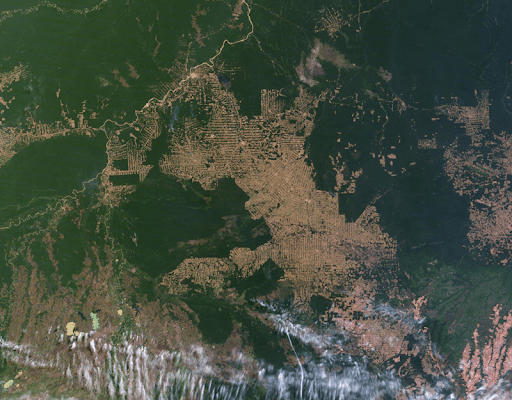
Glaciers and Ice Masses
With the goal of tracking glacier and ice sheet changes, NISAR will be able to shed light on their dynamics and possible effects on sea level rise.
NISAR provides information on ground deformation along faults before, during, and following earthquakes, which helps to better understand seismic activity.
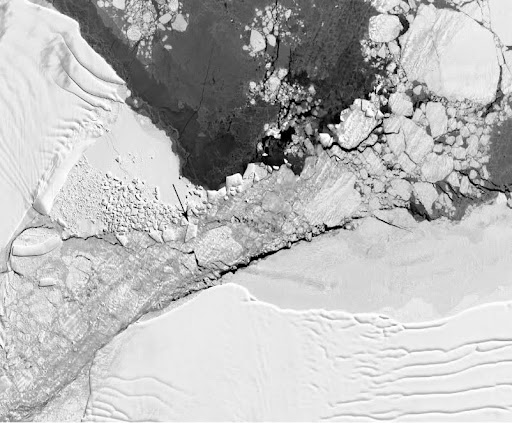
Natural Dangers
Monitoring natural disasters including earthquakes, tsunamis, volcanoes, and landslides is vital to the mission. Its radar imaging capabilities make it possible to decipher complicated events and provide useful information for disaster response and preparedness.
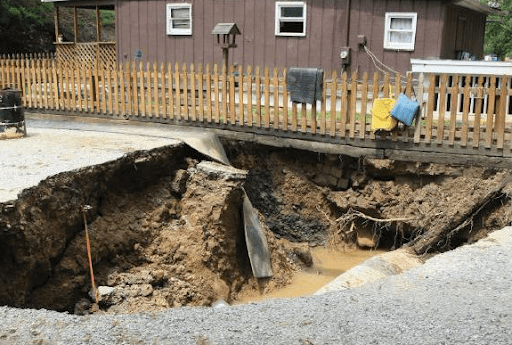
Every six to twelve days, NISAR will offer maps of the global surface soil moisture content. For the purpose of monitoring habitats, agriculture, and water supply, this thorough information is essential.
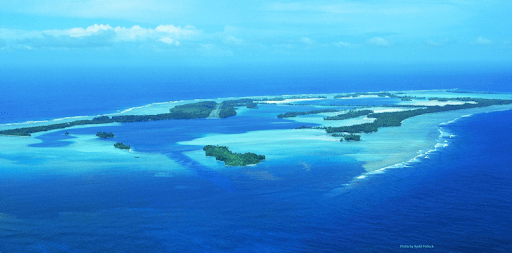
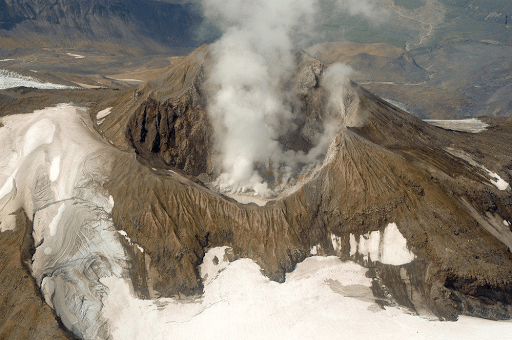
NASA-ISRO Collaboration
NISAR is an observatory that NASA and ISRO are creating together. ISRO supplies the S-band SAR payload, whereas NASA provides the L-band SAR payload system. The massive, 12-meter diameter unfurlable reflector antenna is what makes NISAR possible for dual-frequency imaging.
This relationship is a prime example of how nations may work together to advance scientific understanding and tackle global issues. It became evident that the ISRO scientific community was very interested in this goal as NASA and ISRO considered the potential of a cooperative radar mission.
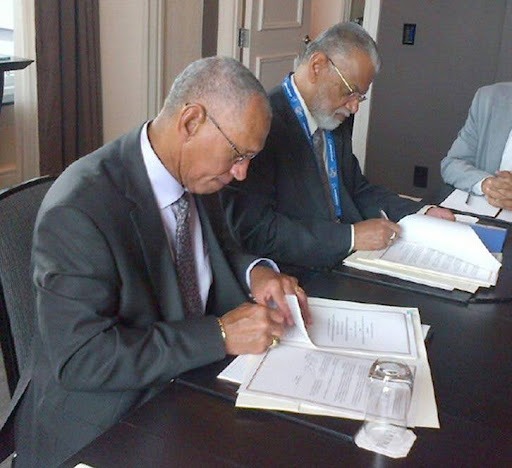
In addition to the main mission objectives, ISRO selected the following science and applications: soil moisture, coastal processes, coastal winds, Himalayan glacier research, landslide studies, agricultural monitoring and characterization, and hazard monitoring. To better meet these science needs, the mission was extended to include a second radar frequency.
Using two distinct radar frequencies (L-band and S-band), NISAR will be the first satellite mission to measure variations in the surface of our planet that are smaller than a centimetre in diameter. A major factor in keeping as much science preserved as possible has been the collaboration with India.
With a remarkable legacy spanning 24 years, Space Technology and Education Pvt. Ltd., or SPACE India, has been a pioneering force in the realms of astronomy, space science, and STEM education. Recognized as a Space Tutor by the Indian Space Research Organization (ISRO), SPACE India has consistently leveraged scientific expertise to contribute meaningfully towards the realization of the United Nations’ Sustainable Development Goals (SDGs).
In summary
With the NISAR mission, we will be able to monitor changes with extraordinary precision and an unprecedented picture of the Earth. Scientists, decision-makers, and environmentalists are anxiously awaiting its deployment and the abundance of data it will yield. NISAR’s influence will go much beyond its orbit, from protecting against natural calamities to comprehending climate change.
—
If you like the blog, enrol your school or yourself (k-12 student) in our School Programs or Online Programs, call us at +91-74020 74020 or write to us for any query: getintouch@space-india.com

